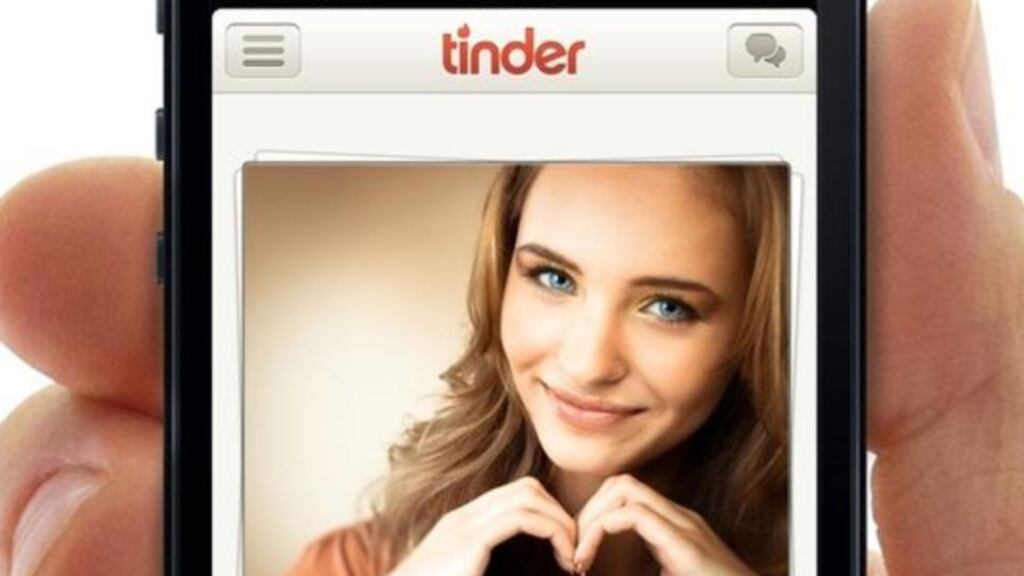The internet only wants you for your looks, or so recent surveys would have us believe.
Last month the dating website OkCupid.com, which was founded in 2004 and has more than 3.5 million subscribers, announced that it had been experimenting on its users. It removed profile pictures for some, while for others it removed text. For a third group it deliberately put together users who were incompatible.
OK Cupid is regarded as the more thoughtful precursor to apps such as Grindr and Tinder. Where the last two rely on pictures and quick-fire chat, OK Cupid uses personality quizzes to calculate compatibility, along with elaborate written profiles to showcase people’s personalities.
Without text, users carried on as normal, while conversations that began during the picture blackout stopped after the pictures were returned.
OK Cupid turned out to be every bit as looks-obsessed as its "hook-up app" siblings. Or, in the words of OK Cupid co-founder Christian Rudder, "people are exactly as shallow as their technology allows them to be".
The survey left me surprised. I am something of a web-dating veteran. When I moved to London for work, some of my most enduring friendships were made on OK Cupid. It became an alternative social network, useful for new arrivals to the city.
The written profiles were charming, if a little self-indulgent. Messages were written with care, although there was the odd creep who would send unsolicited “erotic short fiction” about his shoe fetish.
But by and large it was a safe community, full of beautiful internet weirdos and creative types who supported the site’s progressive political views.
Tinder is everywhere
Now I’m back in Dublin, where OK Cupid users are scarce but Tinder is everywhere, and I can’t reconcile myself to this very different mobile app.
Tinder is a landmark for online dating: it has made it socially acceptable and fun. You don’t need to agonise over elaborately composed profiles: all you need is a Facebook account and a picture.
Your profile comprises your first name, age, photo and pages you have “liked” on Facebook. Tinder then finds potential matches nearby, and, if you like the look of them, you swipe right on your smartphone. If not, you swipe left.
At best Tinder is empowering: for the first time there is no debate over whether women are an active part of “hook-up culture”. Every exchange is mutual, with users only able to message each other after they’ve both swiped right.
But at worst, it is reductive, repetitive and dull. Tinder affords little in the way of self-expression: it exploits our modern ability to segment our personalities into chunks of data, a list of “likes” and connections that constitute our online selves. It distills us into photos of gap years and blurry stag dos, with a sprinkling of shared interests as conversation starters.
Tinder endlessly demonstrates the small things we have in common, but a mutual fondness for the Humans of New York photoblog is hardly enough to sustain a date, never mind a relationship.
It uses Facebook as an anchor in "real life" to reassure users, but how real is Facebook as a reflection of ourselves? My own Facebook "likes" include World Wrestling Federation and a fan page for toads: I'm not sure I would want to talk to a fellow toad enthusiast.
Encouraged stalking
Tinder was launched in 2012, the year “ambient location apps”, designed to broadcast a user’s location, were hyped by marketers. These proved controversial, especially apps that openly encouraged stalking women.
Sonar, Glomper, Banjo and Highlight never took off, but Tinder has inherited their “always-on” approach to social networking.
With OK Cupid, there was a ritual “checking-in” on your laptop at the end of the day. By contrast, the quality of Tinder conversation is low, and users are easily distracted.
Mobile apps are for busy people, or drunk people, or those who browse in bed before falling asleep. People looking for one-click pizza.
The predatory men of Tinder, and their chat-up lines, are equal parts funny and terrifying. It’s interesting to look at how the app pressurises its male users to stand out, perhaps driving them to come on too strong in conversation.
Lacking freedom of visual expression, Irish men on Tinder appear as nocturnal creatures with glazed eyes and clammy skin, stumbling across dance floors or drinking pints. Occasionally the monotony is broken by gym selfies (creepy), selfies with children or the meme Tinder Guys with Tiger.
Where OK Cupid was an art show or a bad poetry reading, Tinder is Copper Face Jacks at the end of the night, at the point where you’ve lost your friends and a drunken stranger is lurching towards you asking for a smile.
I can’t warm to Tinder: if OK Cupid users were only interested in pictures, they at least made an attempt to get to know you first. Tinder, by contrast, is a one-way conversation, a limited effort to “gamify” real life.
Twitter teaches us to express ourselves in 140 characters, but Tinder sets us back a step. It reframes online dating as entertainment: the downside is what we lose of ourselves in the process.

















